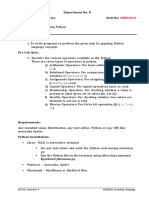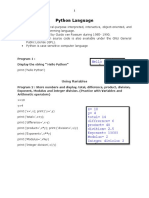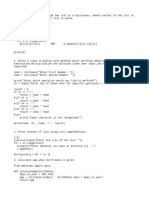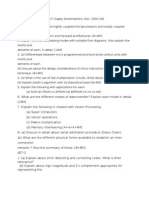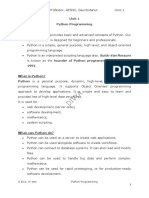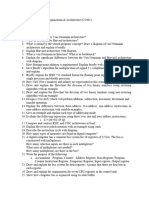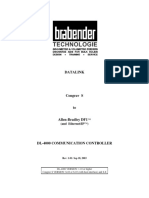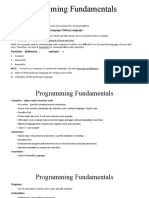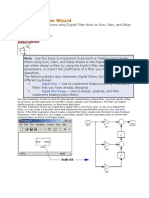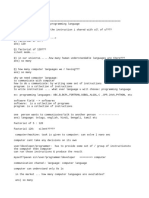0% found this document useful (0 votes)
5 views6 pagesUnit 1 Lab Programs
The document contains Python lab programs from G. Pullaiah College of Engineering and Technology, focusing on various programming tasks such as finding the largest of three numbers, displaying prime numbers in an interval, swapping numbers, demonstrating different operators, performing operations on complex numbers, and printing multiplication tables. Each task includes code snippets, inputs, and expected outputs. The programs are designed to enhance Python programming skills for students.
Uploaded by
proz25912Copyright
© © All Rights Reserved
We take content rights seriously. If you suspect this is your content, claim it here.
Available Formats
Download as DOCX, PDF, TXT or read online on Scribd
0% found this document useful (0 votes)
5 views6 pagesUnit 1 Lab Programs
The document contains Python lab programs from G. Pullaiah College of Engineering and Technology, focusing on various programming tasks such as finding the largest of three numbers, displaying prime numbers in an interval, swapping numbers, demonstrating different operators, performing operations on complex numbers, and printing multiplication tables. Each task includes code snippets, inputs, and expected outputs. The programs are designed to enhance Python programming skills for students.
Uploaded by
proz25912Copyright
© © All Rights Reserved
We take content rights seriously. If you suspect this is your content, claim it here.
Available Formats
Download as DOCX, PDF, TXT or read online on Scribd
/ 6




























